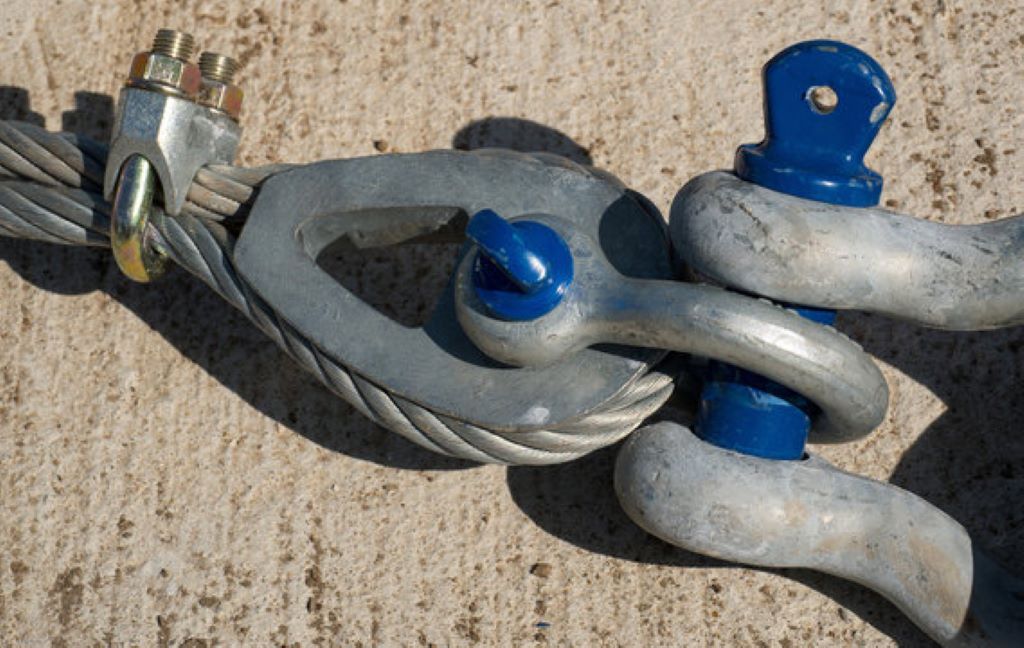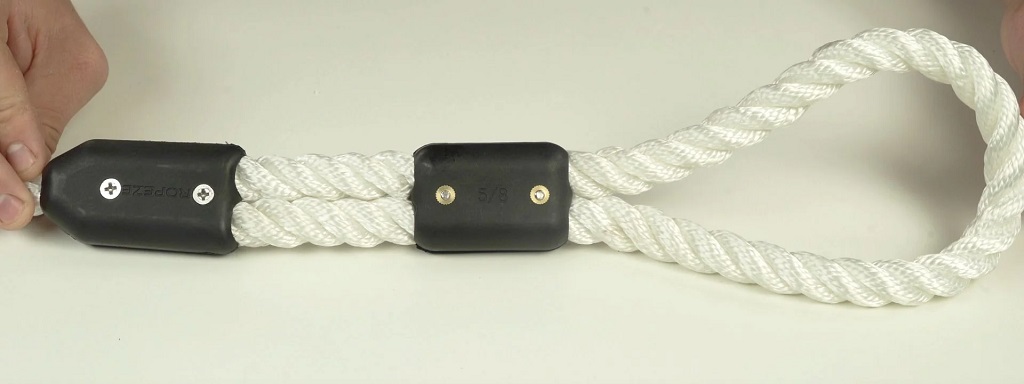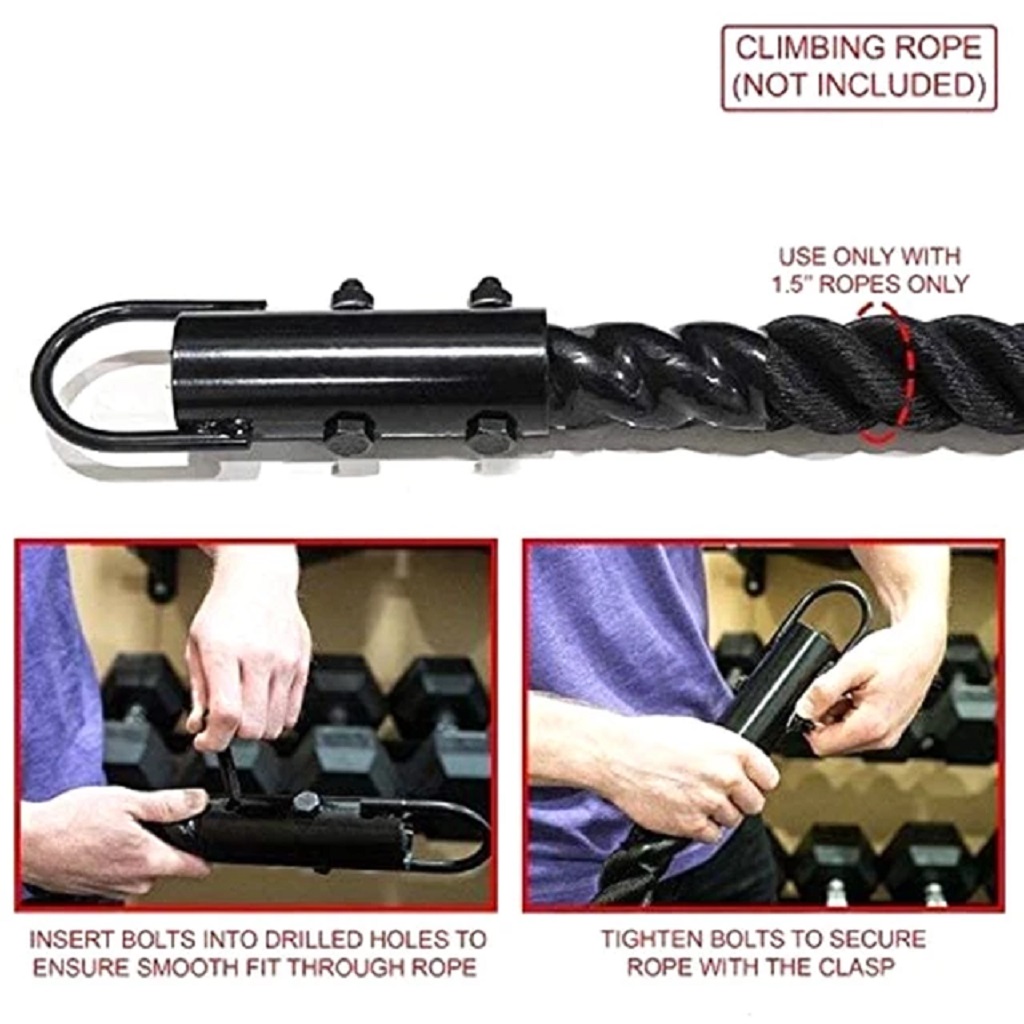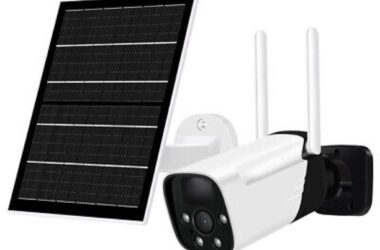Hey there, outdoor enthusiasts, DIYers, and all-around adventurers! Have you ever found yourself in a situation where you needed to secure a rope but didn’t quite know how to do it properly? Well, fear not, because today, we’re going to demystify the art of attaching rope clamps. Whether you’re setting up a tent, securing a load in your pickup truck, or just getting into some serious knot-tying business, we’ve got you covered.
Why Should You Learn to Attach Rope Clamps?
Before we dive into the nitty-gritty of attaching rope clamps, let’s take a moment to understand why it’s an essential skill. Think of rope clamps as the superheroes of the knot-tying world. They come to the rescue when you need a secure and reliable way to fasten a rope, preventing it from slipping, unraveling, or causing you any headaches.
Imagine you’re out camping, and you need to secure your tent against the wind. Would you trust a flimsy knot that could come undone at any moment, leaving you exposed to the elements? Of course not! This is where rope clamps step in, ensuring your safety and peace of mind.
In the world of DIY and construction, rope clamps are equally indispensable. They help you fasten ropes around heavy loads, providing stability and preventing accidents. So, whether you’re a seasoned sailor, a camping enthusiast, or a weekend warrior, knowing how to attach rope clamps is a skill that will serve you well in various situations.
Getting Started: What You’ll Need
Before we embark on our journey to become metal rope clamp experts, let’s gather the tools and materials we’ll need. Here’s a quick checklist:
- Rope Clamps: Naturally, you’ll need some rope clamps. These nifty little devices come in various shapes and sizes, so make sure you have the right ones for your project.
- Rope: Choose a strong and durable rope that suits your purpose. Ropes come in different materials, such as nylon, polypropylene, and natural fibers like cotton or hemp. The thickness of the rope should also match the size of your rope clamps.
- Measuring Tape: Precision is key when working with ropes. A measuring tape will help ensure you get the right length and avoid wastage.
- Cutting Tools: You’ll need a pair of sharp scissors or a knife to cut the rope to the desired length.
- Gloves: Safety first! Gloves will protect your hands from rope burns and abrasions while working.
- Lighter: If you’re using synthetic ropes like nylon or polypropylene, a lighter will come in handy to melt the rope ends slightly and prevent fraying.
With your tools and materials at the ready, let’s dive into the process of attaching rope clamps.
Step 1: Measure and Cut the Rope
The first step in attaching rope clamps is to measure and cut the rope to the desired length. Use your measuring tape to ensure accuracy. Whether you’re securing a load or setting up a clothesline, having the right length of rope is crucial.
Pro tip: Give yourself a little extra length to work with. It’s easier to trim excess rope later than to deal with a too-short rope.
Step 2: Seal the Rope Ends (If Necessary)
If you’re working with synthetic ropes like nylon or polypropylene, it’s a good idea to seal the rope ends to prevent fraying. Hold the rope end near a flame (use caution and maintain a safe distance), and allow it to melt slightly. Once it starts to melt, use a flat surface to press the melted end against to create a smooth, sealed tip. Be careful not to burn the rope excessively.
Step 3: Insert the Rope into the Rope Clamp
Now comes the fun part! Take one end of your rope and feed it through the hole in the rope clamp. Depending on the type of clamp you have, there may be one or two holes for this purpose. Make sure the rope is inserted all the way through and that there’s enough slack on the other side to work with.
Step 4: Create a Loop with the Rope
Here’s where things start to take shape. Take the end of the rope that you just inserted through the clamp and fold it back towards the rope clamp, creating a loop. The size of the loop will depend on your specific needs. If you’re not sure, start with a small loop; you can always adjust it later.
Step 5: Pass the End of the Rope Through the Loop
With the loop in place, take the loose end of the rope and pass it through the loop you just created. Essentially, you’re making a simple knot here. Make sure the end of the rope goes over the top and through the loop from underneath.
Step 6: Tighten the Knot
Now, it’s time to secure your rope clamp in place. Grab the loose end of the rope and pull it tight. As you do this, you’ll notice the loop you created in the previous step gets smaller and snugger around the rope clamp.
Step 7: Test for Security
With the knot tightened, it’s essential to test its security. Give the rope a gentle tug to ensure it’s holding firm. If it slips or feels loose, you might need to backtrack a bit and redo the knot. Don’t worry; practice makes perfect!
Step 8: Trim Excess Rope
Once you’re satisfied with the tightness and security of your knot, you can trim any excess rope if necessary. Leave a small tail (about an inch or two) for added security, but cut off the rest. A sharp pair of scissors or a knife will make quick work of this step.
Step 9: Double Check Your Work
Before you declare victory, take a moment to double-check your work. Ensure that the knot is secure, and there are no loose ends or frayed rope. Your rope clamp should be snugly attached to the rope, ready to perform its duty.
Congratulations, You’ve Attached a Rope Clamp!
And there you have it, folks! You’ve successfully attached a rope clamp to your rope. Whether you’re securing a load, setting up a swing, or hanging a hammock, the strongest thinnest rope is your reliable companion, ensuring you can do it all safely and effectively.
But wait, we’re not done just yet. Let’s address some common questions you might have at this point:
FAQs
- How do I choose the right size of rope clamp for my project?
- Choosing the right size of rope clamp depends on the thickness of your rope and the weight or load it will bear. Most rope clamps come with recommendations for the rope diameter they are suitable for. Be sure to match the clamp’s specifications with your rope’s thickness.
- Can I reuse rope clamps?
- Yes, you can reuse rope clamps, but it’s essential to inspect them for wear and tear before each use. If a rope clamp shows signs of damage or deformation, it’s best to replace it to ensure safety.
- Are there different types of rope clamps, and do they require different attachment methods?
- Yes, there are various types of rope clamps, including U-bolt clamps, wire rope clamps, and even cam-style clamps. Each type may have a slightly different attachment method. It’s crucial to follow the manufacturer’s instructions for the specific type of clamp you’re using.
- Can I use rope clamps for climbing or other high-risk activities?
- Rope clamps are generally not recommended for critical applications like climbing or safety-critical situations. For these purposes, specialized hardware and knots designed for high-load situations are preferred. Always use equipment and techniques that are certified for your specific activity.
- What’s the best way to store ropes with attached clamps?
- To prolong the life of your ropes and clamps, store them in a cool, dry place away from direct sunlight and moisture. It’s also a good idea to coil the rope neatly to prevent kinks and tangles, which can weaken the rope over time.








